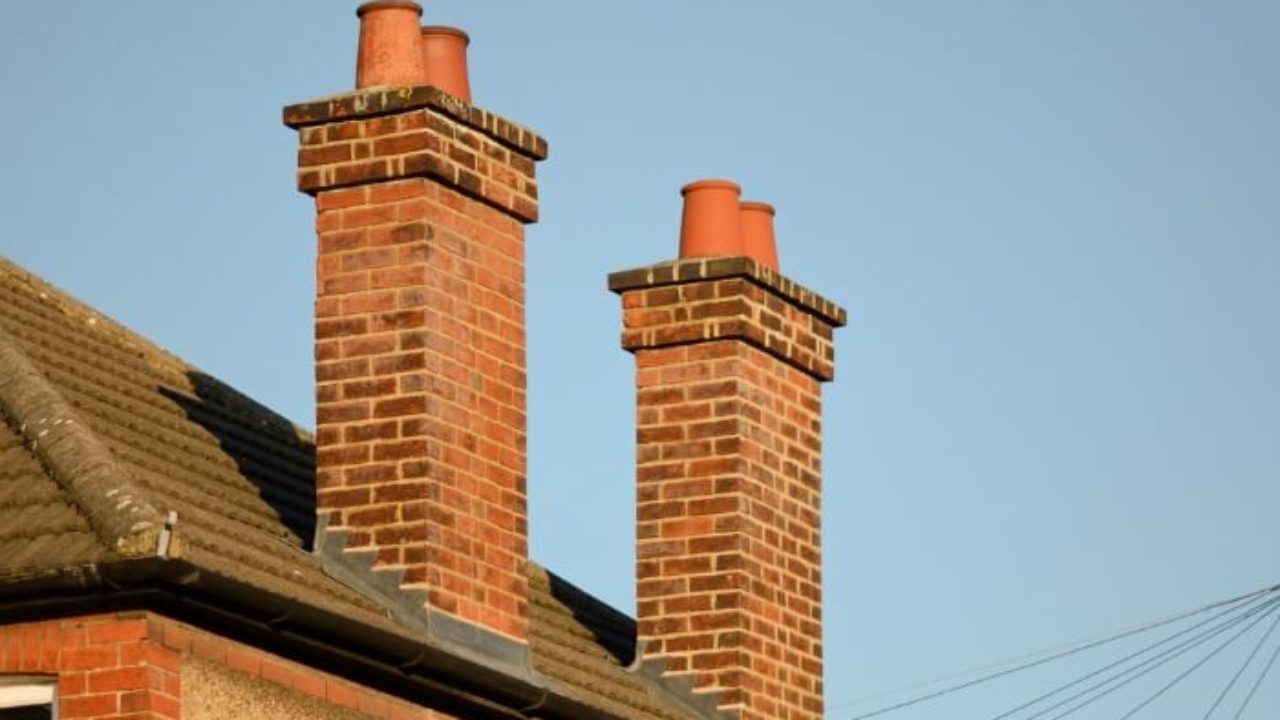

Articles
Why Does My Chimney Have Two Flues
Modified: May 6, 2024
Discover the reasons behind chimneys having two flues in this informative article. Gain insights and knowledge about chimney construction and functionality.
(Many of the links in this article redirect to a specific reviewed product. Your purchase of these products through affiliate links helps to generate commission for Storables.com, at no extra cost. Learn more)
Introduction
When you think of a chimney, you probably imagine a single pipe or flue that extends from your fireplace to the top of your roof. However, you may come across chimneys that have two flues. This might leave you wondering why your chimney has two flues and what purpose they serve. In this article, we will explore the concept of chimney flues and delve into the reasons why a chimney may have two flues.
But first, let’s understand what a flue actually is.
Key Takeaways:
- Chimneys with two flues offer enhanced safety, efficiency, and flexibility for using multiple heating appliances simultaneously, providing optimal ventilation and preventing interference between units.
- Regular maintenance and care, including annual inspections, chimney cleaning, and monitoring combustion patterns, are crucial for ensuring the safe and efficient operation of chimneys with two flues.
Read more: Why Does My Furnace Have Two Breakers
What is a flue?
A flue is a passage or pipe that carries the combustion gases, smoke, and other byproducts of a heating system or fireplace to the outside of a building. It acts as a vent to ensure proper airflow and to remove harmful gases and toxins from the indoor environment. Flues are an essential component of a chimney system and are designed to safely and efficiently transport smoke and gases away from the home.
Typically, a flue is a single, vertical passage that extends from the firebox or heating appliance to the top of the chimney. It is usually made of sturdy materials such as clay, metal, or concrete to withstand high temperatures and corrosive substances.
Now that we understand the basics of a flue, let’s explore the purpose of having a chimney flue in the first place.
The purpose of a chimney flue
The primary purpose of a chimney flue is to safely remove the combustion byproducts and gases produced by a heat source, such as a fireplace or heating appliance. When you burn wood, gas, or other fuels, they produce smoke, carbon monoxide, and other potentially harmful gases. The flue acts as a conduit, allowing these gases to escape to the outside rather than accumulating inside your home.
Additionally, a well-functioning chimney flue helps create proper airflow, which is crucial for efficient and effective combustion. Without proper ventilation, the fire might not burn properly, leading to poor heat output, increased smoke production, and potential safety hazards. The flue also helps prevent downdrafts, where outside air is drawn into the chimney, disturbing the airflow and causing smoke to enter the living space.
Furthermore, a chimney flue provides insulation and protection for the surrounding walls and ceiling. The intense heat produced by a fire can easily transfer through the walls, potentially causing structural damage or even fire hazards. The flue acts as a barrier, helping to redirect the heat safely up and out of the chimney.
In summary, the primary purposes of a chimney flue are:
- To safely remove combustion byproducts and gases from the home
- To create proper airflow for efficient combustion
- To prevent downdrafts and the entry of smoke into the living space
- To provide insulation and protect surrounding structures from heat transfer
Now that we have a clear understanding of the role of a chimney flue, let’s explore the concept of having two flues in a chimney.
Understanding the two flues in a chimney
While most chimneys have a single flue, there are instances where chimneys are built with two flues. This design variation can be seen in certain types of chimneys, each with its own purpose and function.
The first type of chimney with two flues is known as a “dual flue” chimney. In this design, each flue serves a different function. One flue is dedicated to the exhaust gases produced by the heating appliance, such as a furnace or water heater. This flue carries the combustion byproducts and harmful gases outside of the building. The second flue is usually larger and is used for ventilation purposes. It helps bring in fresh air to supply the combustion process, ensuring efficient fuel burning. This dual-flue design allows for separate passage of exhaust gases and fresh air intake, enhancing safety and efficiency.
The second type of chimney with two flues is commonly found in older or larger homes. In this design, the two flues are typically parallel and serve multiple fireplaces or heating appliances within the house. Each flue acts as a separate venting system for a different fireplace or appliance, preventing cross-contamination of gases and ensuring proper ventilation for each individual unit. This arrangement allows homeowners to use multiple fireplaces simultaneously without compromising safety or affecting the performance of each appliance.
It’s important to note that the presence of two flues in a chimney is not always necessary, and it largely depends on the specific heating system and architectural design of the building. But when properly designed and installed, a chimney with two flues can offer several advantages.
Let’s explore these advantages in the next section.
Different types of chimneys with two flues
Chimneys with two flues come in various designs and configurations, each serving its own unique purpose. Understanding the different types can help you better identify the specific chimney setup in your home.
1. Dual-flue chimney: This type features two distinct flues, each with a specific function. One flue is dedicated to venting the exhaust gases produced by a heating appliance, such as a furnace or water heater. The other flue is designed for fresh air intake to support the combustion process. This design ensures efficient fuel burning and enhances safety by separating the exhaust and intake systems.
2. Multi-fireplace chimney: Found in older or larger homes, this type of chimney consists of two or more parallel flues. Each flue serves a separate fireplace or heating appliance within the house. Having multiple flues allows homeowners to use different fireplaces simultaneously without causing smoke or gas interference between the units.
3. Multi-story chimney: In some cases, a chimney may have two flues due to the architectural design of a multi-story building. Each flue serves a different level, accommodating fireplaces or heating appliances on different floors. This design ensures efficient ventilation and prevents the mixing of combustion byproducts between the floors.
4. Backup flue: In rare instances, a chimney may have a second flue as a backup. This backup flue can be used for auxiliary heating appliances or as a contingency plan in case the primary flue experiences issues or blockages.
It’s important to consult a professional chimney expert to determine the specific type of chimney and its flue configuration in your home.
Now that we have explored the different types of chimneys with two flues, let’s delve into the common reasons why a chimney may have two flues.
Tip: Chimneys with two flues are designed to accommodate multiple appliances, such as a fireplace and a furnace. Each flue serves a separate function and should be properly maintained to ensure safe and efficient operation.
Read more: What Is A Chimney Flue
Common reasons for having two flues in a chimney
There are several reasons why a chimney may have two flues. Let’s explore some of the common reasons for this configuration:
- Separate exhaust and intake: One of the primary reasons for having two flues in a chimney is to separate the exhaust gases from the heating appliance and the fresh air intake. This dual-flue design ensures that the combustion byproducts are safely carried outside, while fresh air is drawn into the system to support efficient burning.
- Multiple heating appliances: If you have multiple heating appliances in your home, such as a fireplace and a furnace, each appliance may require its own flue for proper venting. Having separate flues prevents the mixing of gases and allows each appliance to operate independently.
- Individual fireplace operation: In homes with multiple fireplaces, each fireplace may have its own dedicated flue. This allows homeowners to use different fireplaces simultaneously without smoke or gas interference between the units.
- Efficiency and performance: Chimneys with two flues can enhance the efficiency and performance of heating appliances. By providing separate flues for exhaust and intake, these chimneys optimize the air supply to the firebox, resulting in improved combustion and heat output.
- Architectural design: In some cases, chimneys with two flues are a result of the architectural design of a multi-story building. Each flue serves a different level, allowing for efficient ventilation and preventing the mixing of combustion byproducts between floors.
It’s important to note that the specific reasons for having two flues in a chimney can vary depending on factors such as the type of heating appliances, the architectural design of the building, and individual preferences.
Now that we understand the common reasons for having two flues in a chimney, let’s explore the advantages that these chimneys offer.
Advantages of a chimney with two flues
Chimneys with two flues offer several advantages that contribute to better functionality, safety, and efficiency. Let’s explore some of the key benefits:
- Separation of exhaust and intake: One of the primary advantages of a chimney with two flues is the separation of exhaust gases and fresh air intake. This ensures that the combustion byproducts are safely vented outside, while the fresh air supply for the firebox remains unobstructed. The separate flues prevent the mixing of gases and enhance the efficiency of the heating appliance.
- Ability to use multiple appliances simultaneously: With multiple flues, homeowners can use different heating appliances or fireplaces simultaneously without interference. Each flue serves a separate unit, allowing independent operation and providing flexibility for heating preferences throughout the home.
- Improved ventilation: Chimneys with two flues provide enhanced ventilation for the heating system. With dedicated flues for exhaust gases and fresh air intake, the airflow is optimized, ensuring efficient combustion and improving the performance of the heating appliance.
- Reduced risk of downdrafts: The presence of two flues can help minimize the risk of downdrafts, where outside air enters the chimney and disrupts the airflow. By separating the exhaust and intake systems, chimney design with two flues reduces the chances of downdrafts occurring, resulting in better functionality and less smoke entering the living space.
- Increased safety: Having separate flues for exhaust gases and fresh air intake enhances safety. It prevents the backflow of gases into the home, reduces the risk of carbon monoxide poisoning, and ensures that the heating appliance operates in a controlled and safe manner.
These advantages make chimneys with two flues highly desirable, especially in households with multiple heating appliances or those seeking enhanced safety and efficiency in their heating systems.
While a chimney with two flues offers many benefits, it’s important to be aware of potential issues that may arise. Let’s explore these considerations in the next section.
Potential issues with a chimney having two flues
While chimneys with two flues offer numerous advantages, it’s important to be aware of potential issues that may arise with this configuration. Understanding these challenges can help you address them appropriately. Let’s explore some of the potential issues:
- Interference between flues: If the two flues are located too closely together or share a common space, there can be a risk of interference. Combustion byproducts from one flue may be drawn into the other flue, affecting the proper operation of the heating appliance or causing smoke to enter the living space. Proper design and installation, including adequate spacing between flues, can help minimize this issue.
- Blockages and maintenance: Having two flues means there are additional passages that require regular cleaning and maintenance. Build-up of creosote, debris, or animal nests can obstruct the airflow through the flues and affect the performance of the heating appliances. Regular maintenance, including chimney cleaning and inspections, is crucial to ensure the flues remain clear and functional.
- Increased cost: Building and maintaining a chimney with two flues can be more expensive than a chimney with a single flue due to materials, labor, and maintenance costs. However, the additional benefits and flexibility provided by a chimney with two flues may outweigh the increased initial investment.
- Architectural constraints: Retrofitting a chimney with two flues into an existing structure can be challenging, especially if the architectural design doesn’t naturally accommodate the need for separate flues. It’s important to consult a professional chimney expert to assess the feasibility and potential constraints before proceeding with such modifications.
- Code and regulation compliance: Building codes and regulations may have specific requirements for chimneys with two flues, including minimum clearances, spacing, and material specifications. It’s essential to ensure that the design and installation of the chimney meet the relevant safety standards and comply with local codes.
By being aware of these potential issues and taking appropriate measures to address them, you can ensure the safe and efficient operation of your chimney with two flues.
Now, let’s move on to discussing important maintenance and care tips for chimneys with two flues.
Maintenance and care tips for chimneys with two flues
Maintaining and caring for a chimney with two flues is crucial to ensure its optimal performance, safety, and longevity. Here are some essential maintenance and care tips to keep in mind:
- Regular chimney inspections: Schedule annual chimney inspections by a professional chimney sweep to assess the condition of both flues. Inspections can identify any issues, such as blockages, cracks, or damaged lining, that may affect the functionality of the flues.
- Chimney cleaning: Regular chimney cleaning is crucial to remove creosote, debris, and animal nests from both flues. The buildup of these materials can obstruct ventilation and increase the risk of chimney fires. Professional chimney sweeps can perform thorough cleanings using specialized tools and techniques.
- Monitor combustion patterns: Keep an eye on the combustion patterns of your heating appliances. Unusual smoke backflow, excessive smoke production, or difficulty in igniting may indicate issues with the flues. If you notice any abnormalities, schedule a chimney inspection promptly.
- Invest in carbon monoxide detectors: Install carbon monoxide detectors near your heating appliances and sleeping areas. Carbon monoxide is a silent and deadly gas that can be emitted from faulty flues. Detectors can quickly alert you to any potential carbon monoxide leaks and help protect your household.
- Be mindful of exterior factors: Keep an eye on the exterior of your chimney, especially the chimney caps and crowns. Make sure they are intact and free from damage to prevent water penetration, animal entry, and debris accumulation in the flues.
- Abide by manufacturer guidelines: Follow manufacturer guidelines for your heating appliances, including proper fuel usage, maintenance, and operation. Adhering to these guidelines will help ensure the flues are used correctly and minimize potential issues.
- Address issues promptly: If you encounter any problems with the flues, such as cracks, leaks, or damaged lining, seek professional assistance immediately. Delaying necessary repairs can compromise the safety and efficiency of your chimney.
By following these maintenance and care tips, you can help keep your chimneys with two flues in optimal condition, ensuring their safe operation and longevity.
Now, let’s wrap up our discussion on chimneys with two flues.
Read more: How To Check A Chimney Flue
Conclusion
Chimneys with two flues can offer several advantages in terms of functionality, safety, and efficiency. They allow for the separation of exhaust gases and fresh air intake, enabling optimal ventilation for heating appliances. Whether it’s a dual-flue chimney with separate exhaust and intake passages or a multi-flue chimney serving multiple fireplaces, these configurations cater to the specific needs of homeowners.
Having multiple flues in a chimney provides flexibility in using different heating appliances simultaneously and prevents interference between them. The ability to independently operate fireplaces or heating appliances enhances convenience and comfort in the home.
However, it’s important to be aware of potential issues that can arise with chimneys having two flues, such as interference between flues, blockages, increased cost, architectural constraints, and compliance with building codes and regulations. Proper design, regular maintenance, and adherence to safety guidelines are essential to ensure the safe and efficient operation of these chimneys.
By following maintenance and care tips, such as scheduling annual chimney inspections, regular cleaning, monitoring combustion patterns, and addressing issues promptly, homeowners can enjoy the benefits of chimneys with two flues while mitigating potential risks.
In conclusion, understanding why a chimney has two flues and the advantages and considerations associated with this configuration allows homeowners to make informed decisions about their heating systems. Consultation with a professional chimney expert is highly recommended to assess the specific requirements of your home and ensure optimal performance and safety of your chimney.
Curious about keeping your home safe and efficient? If you've ever wondered about the safety of your fireplace, our detailed guide on ensuring fireplace safety will be just what you need. Likewise, if the complexities of chimney structures pique your interest, our deep dive into what constitutes a multi-flue chimney will clarify their design and function. Both articles are packed with helpful insights and practical advice, perfect for any homeowner looking to improve their home maintenance knowledge.
Frequently Asked Questions about Why Does My Chimney Have Two Flues
Was this page helpful?
At Storables.com, we guarantee accurate and reliable information. Our content, validated by Expert Board Contributors, is crafted following stringent Editorial Policies. We're committed to providing you with well-researched, expert-backed insights for all your informational needs.
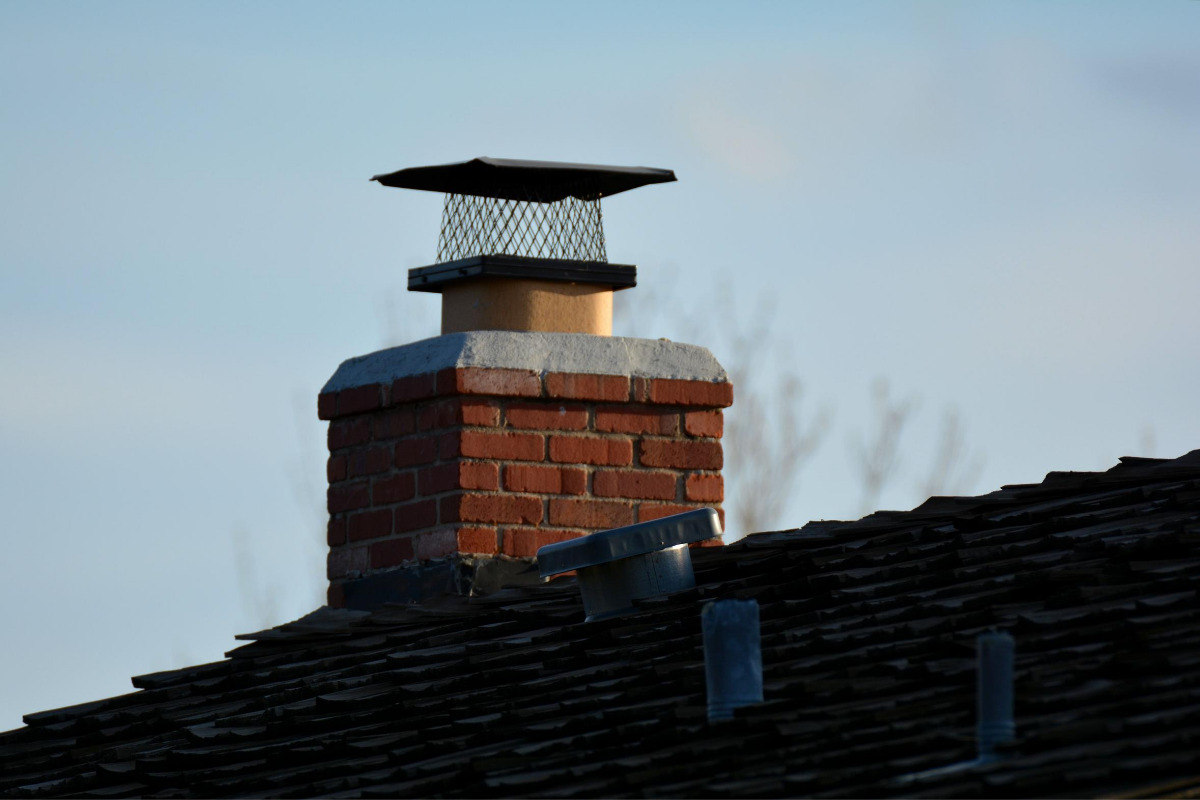
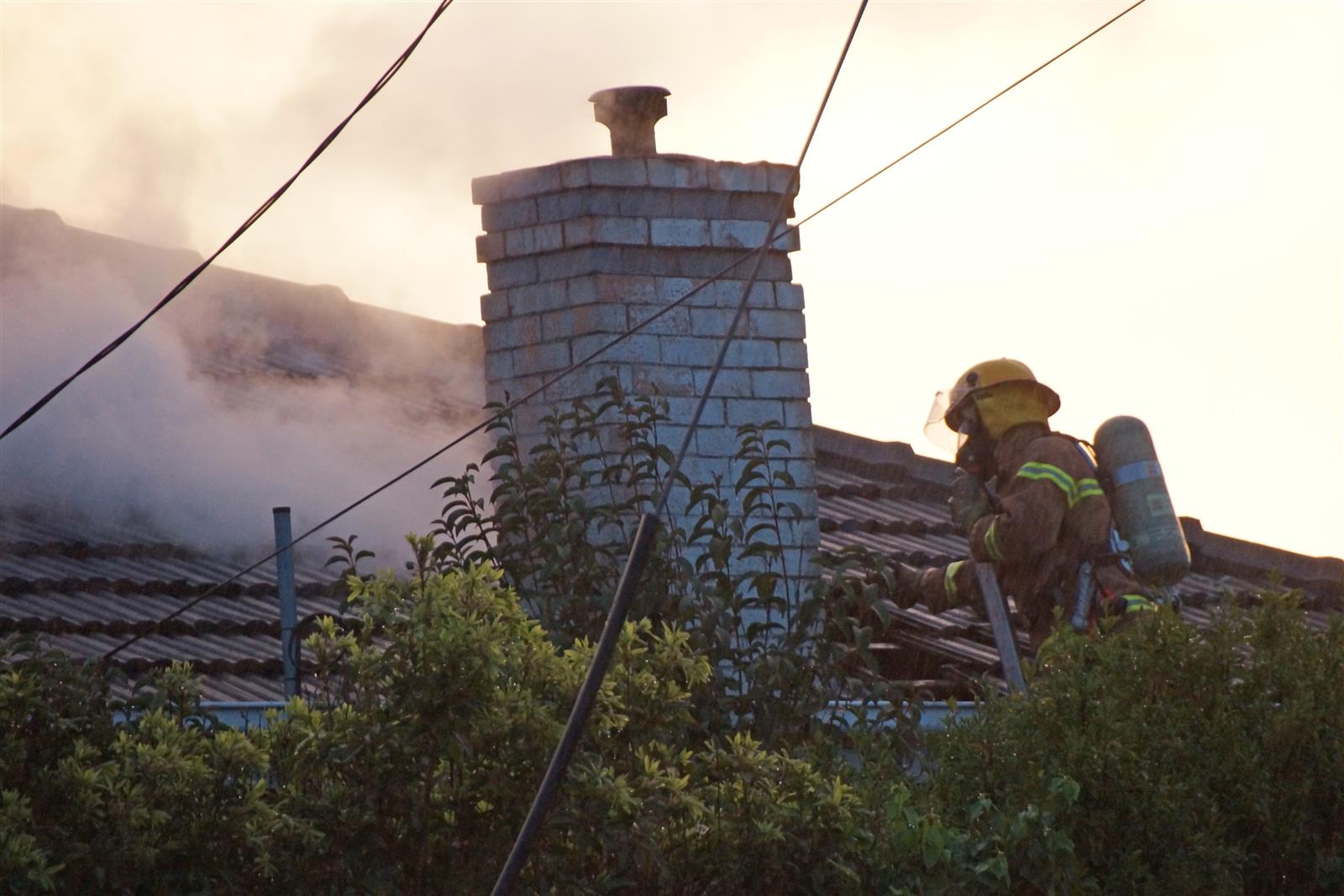
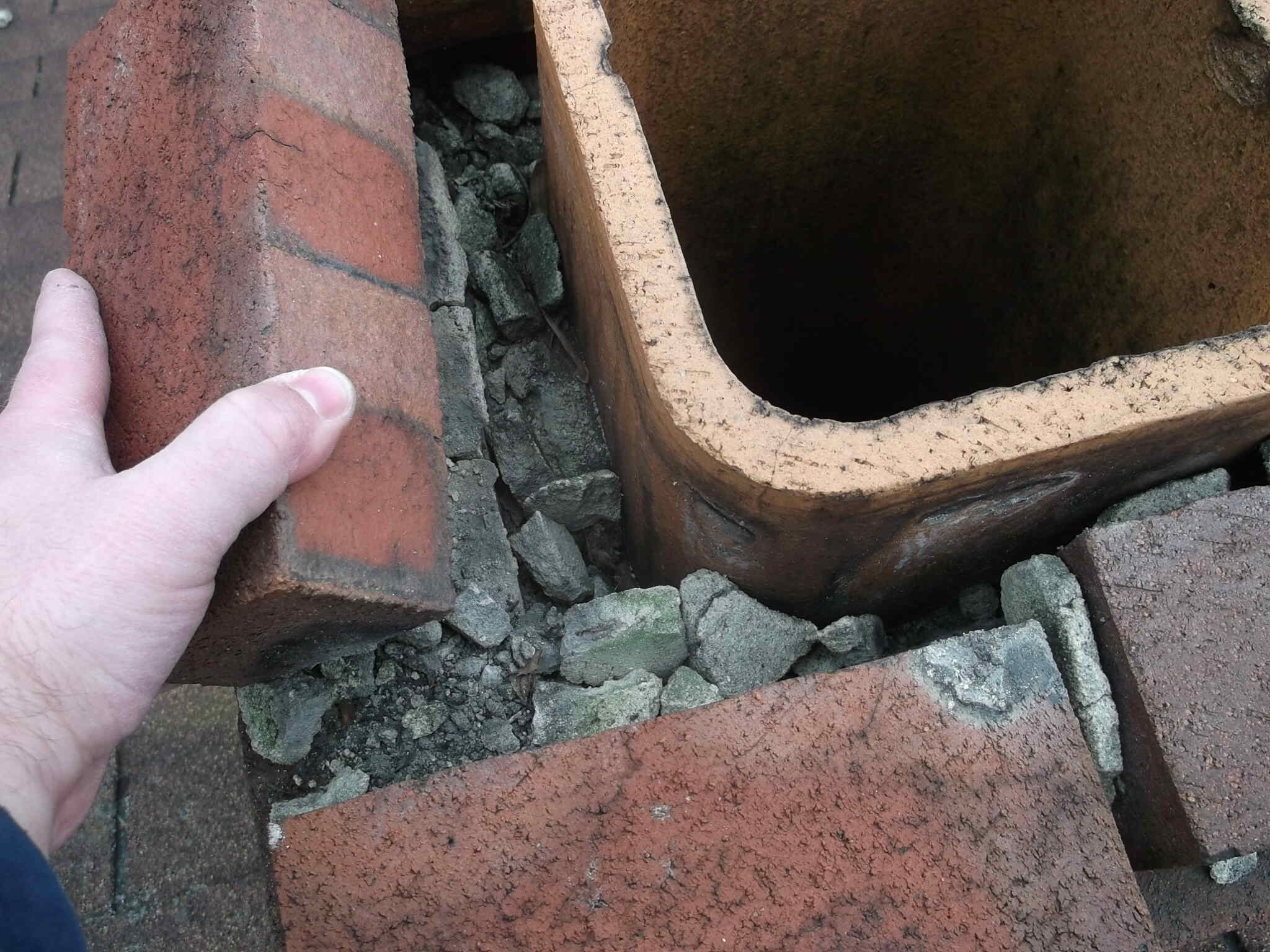
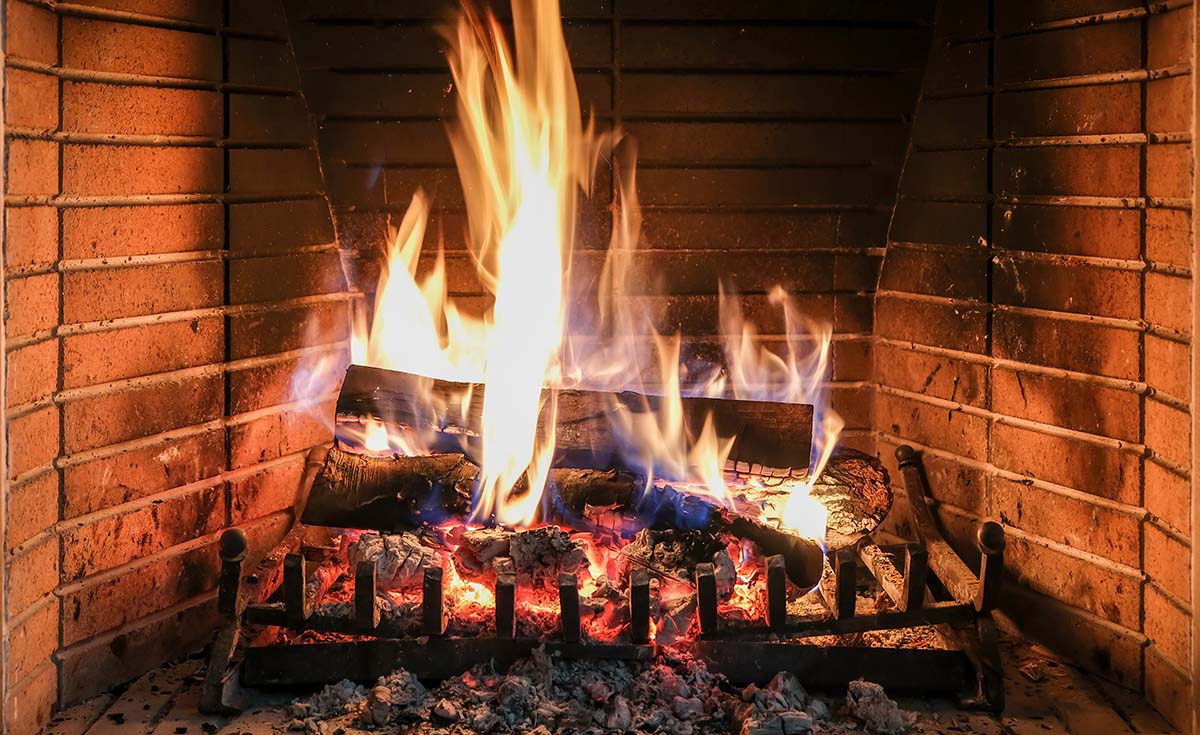
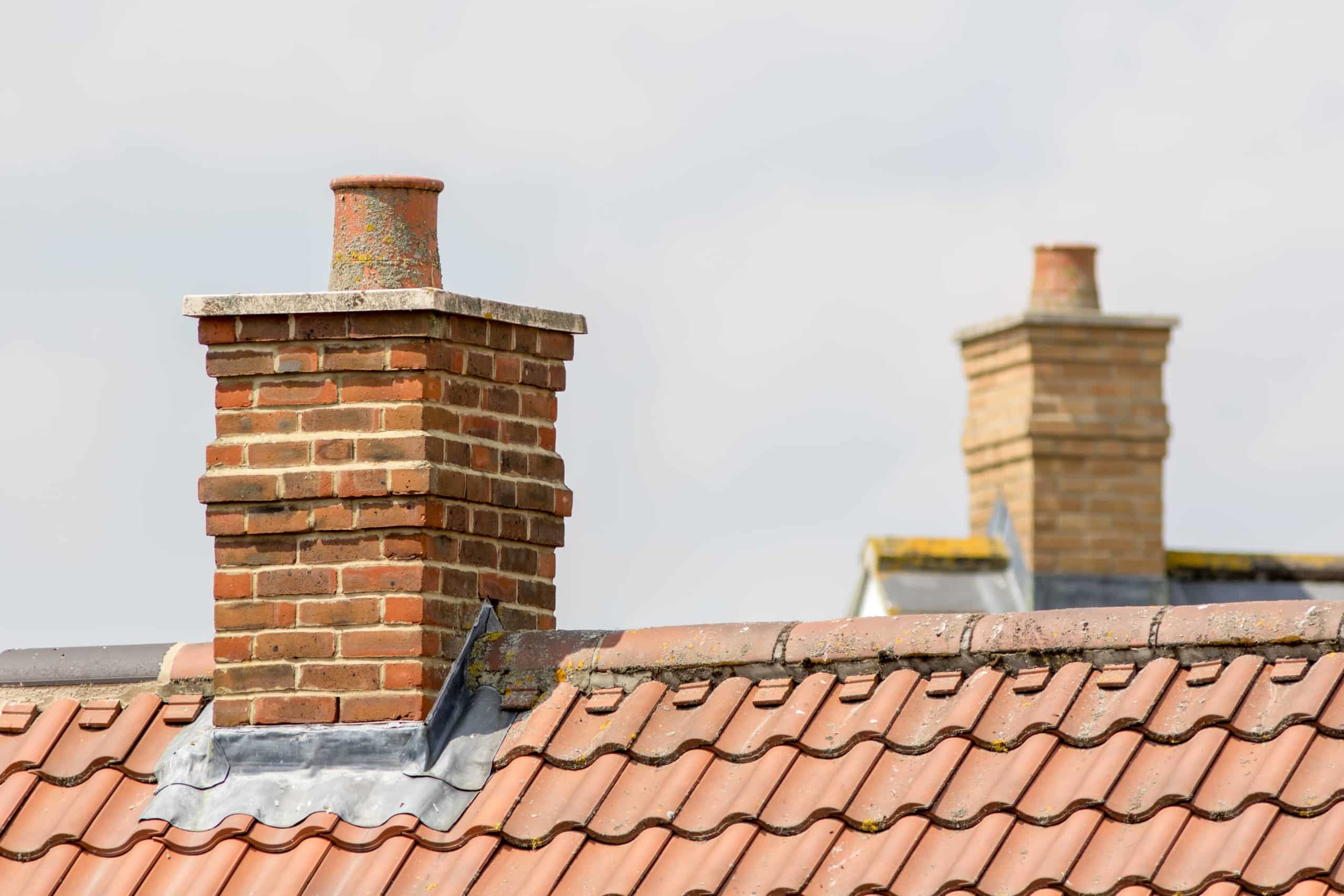
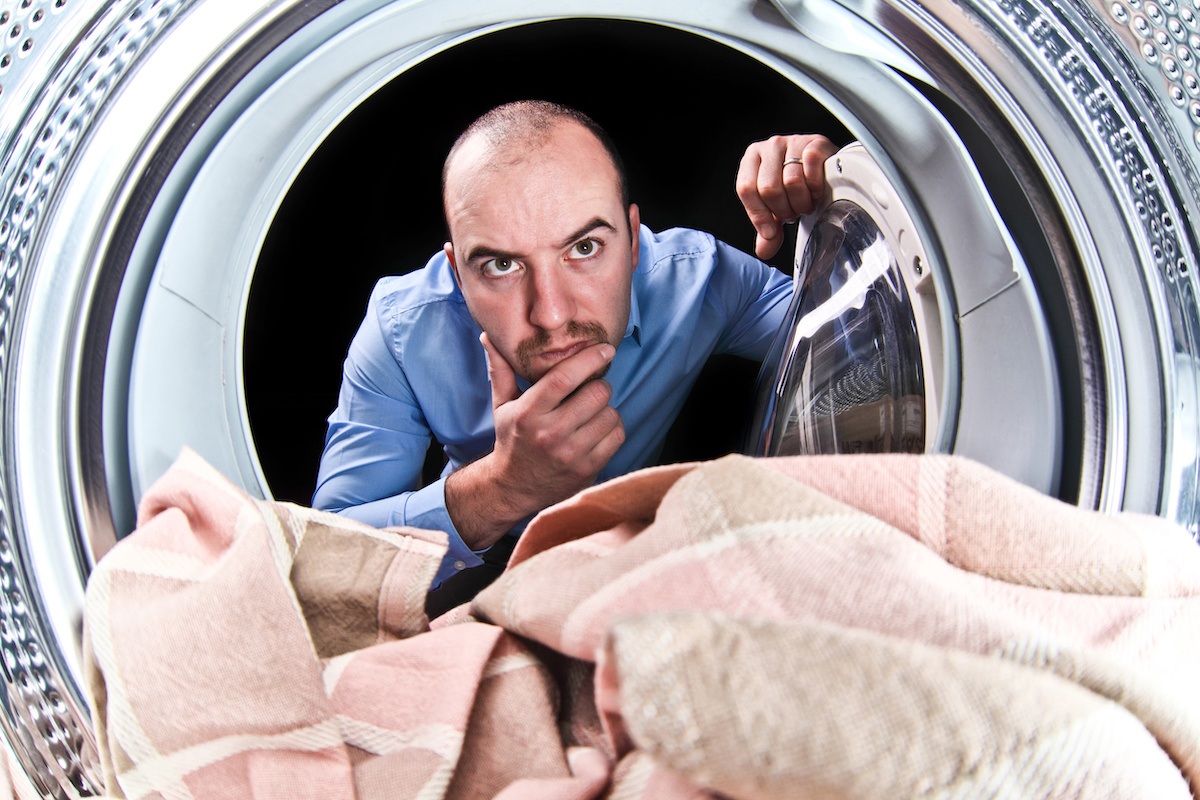
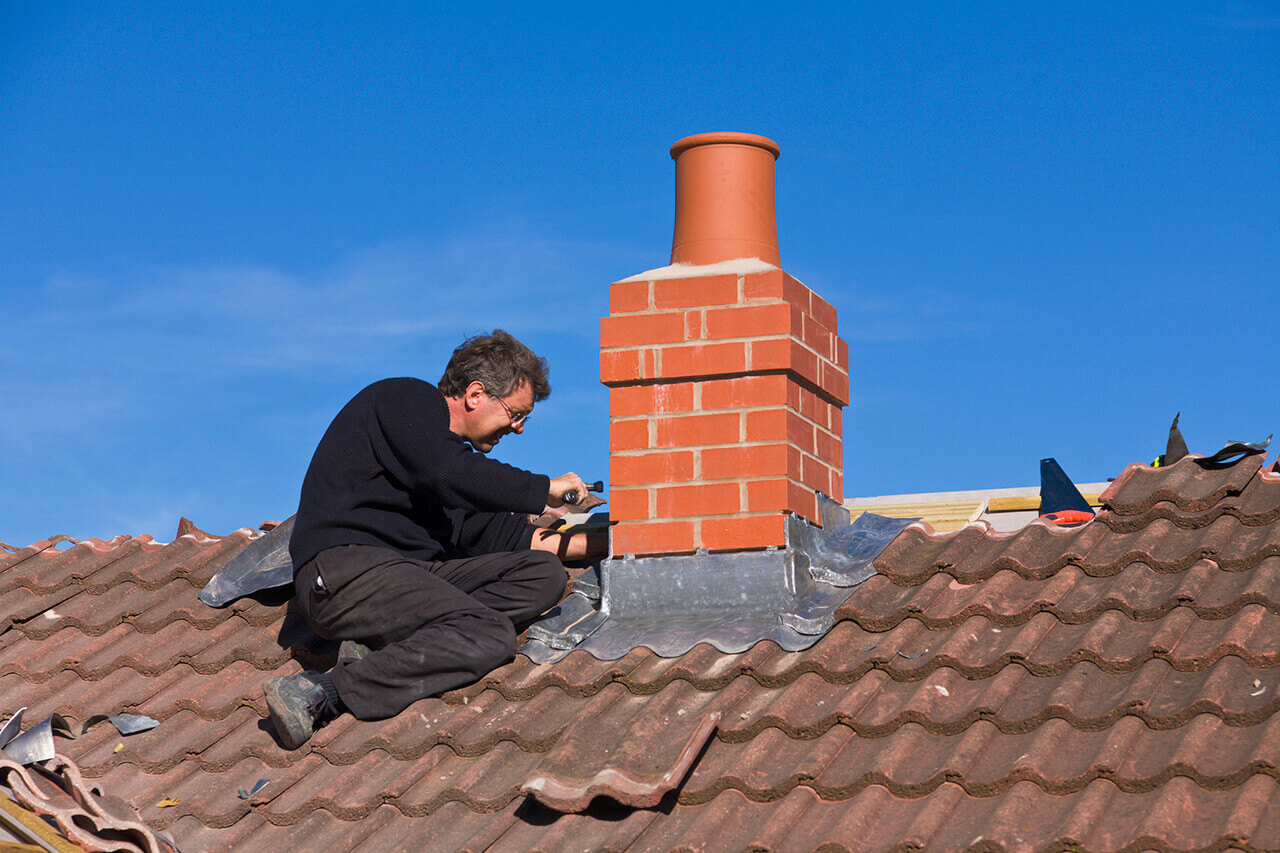
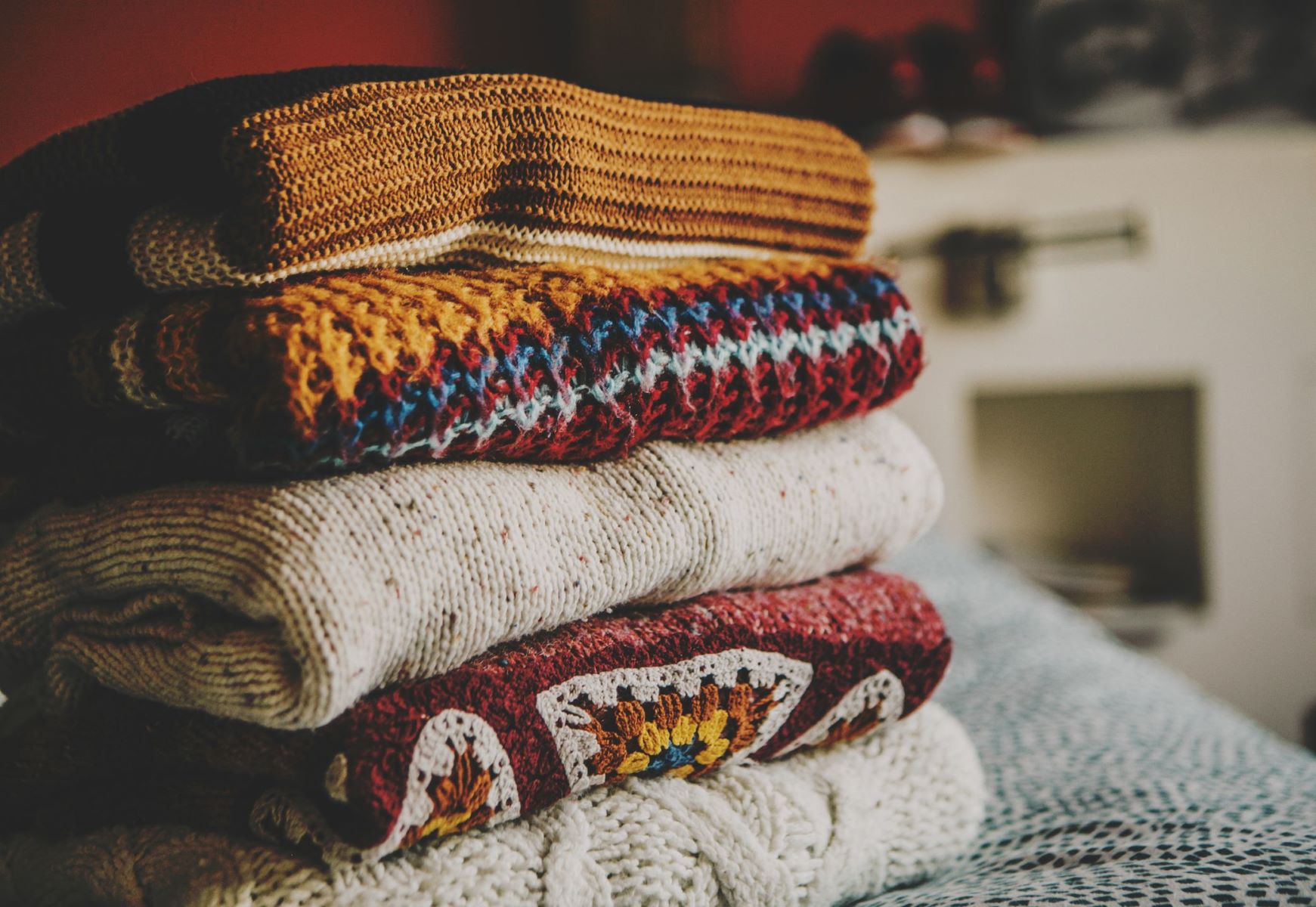
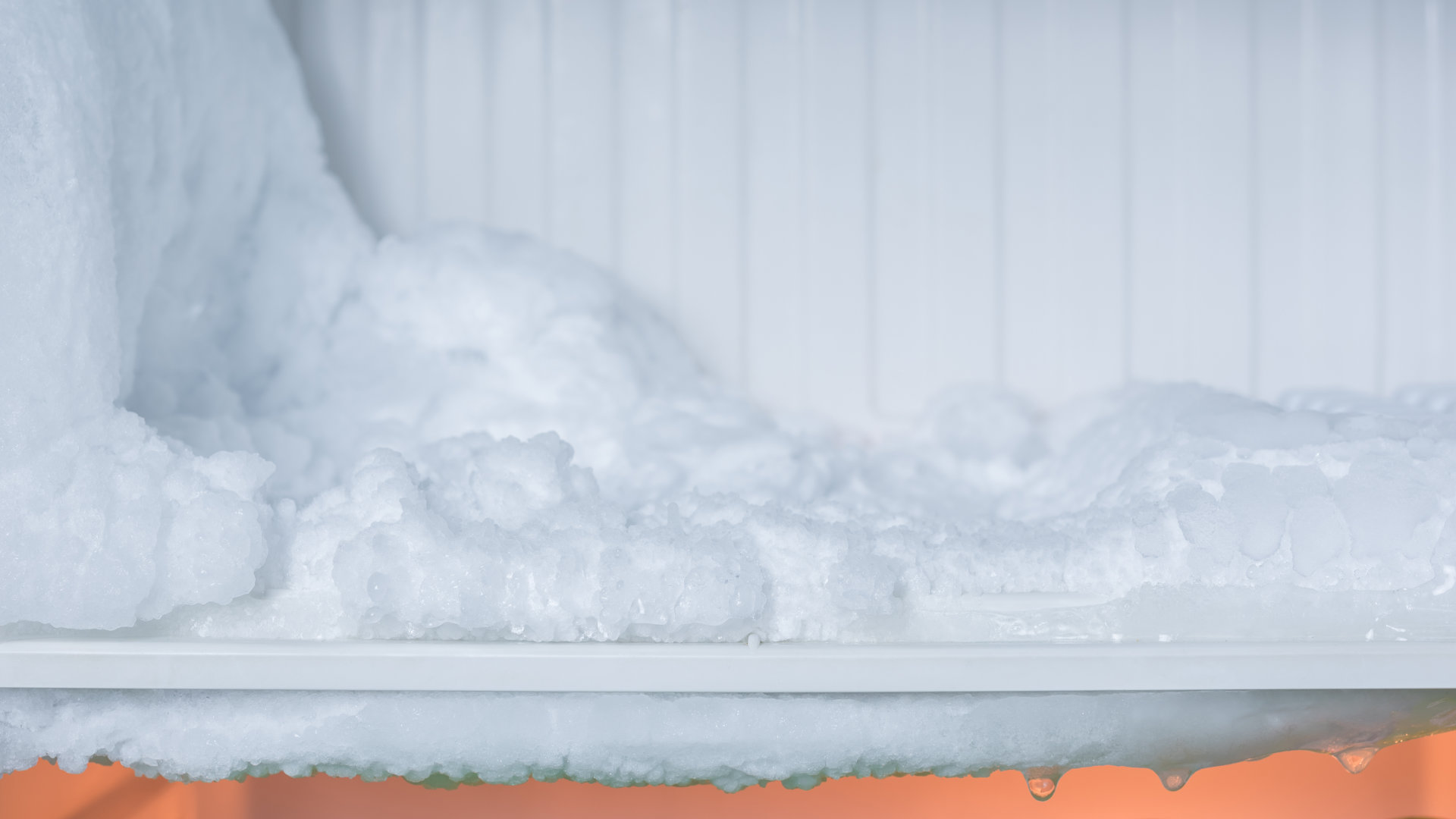
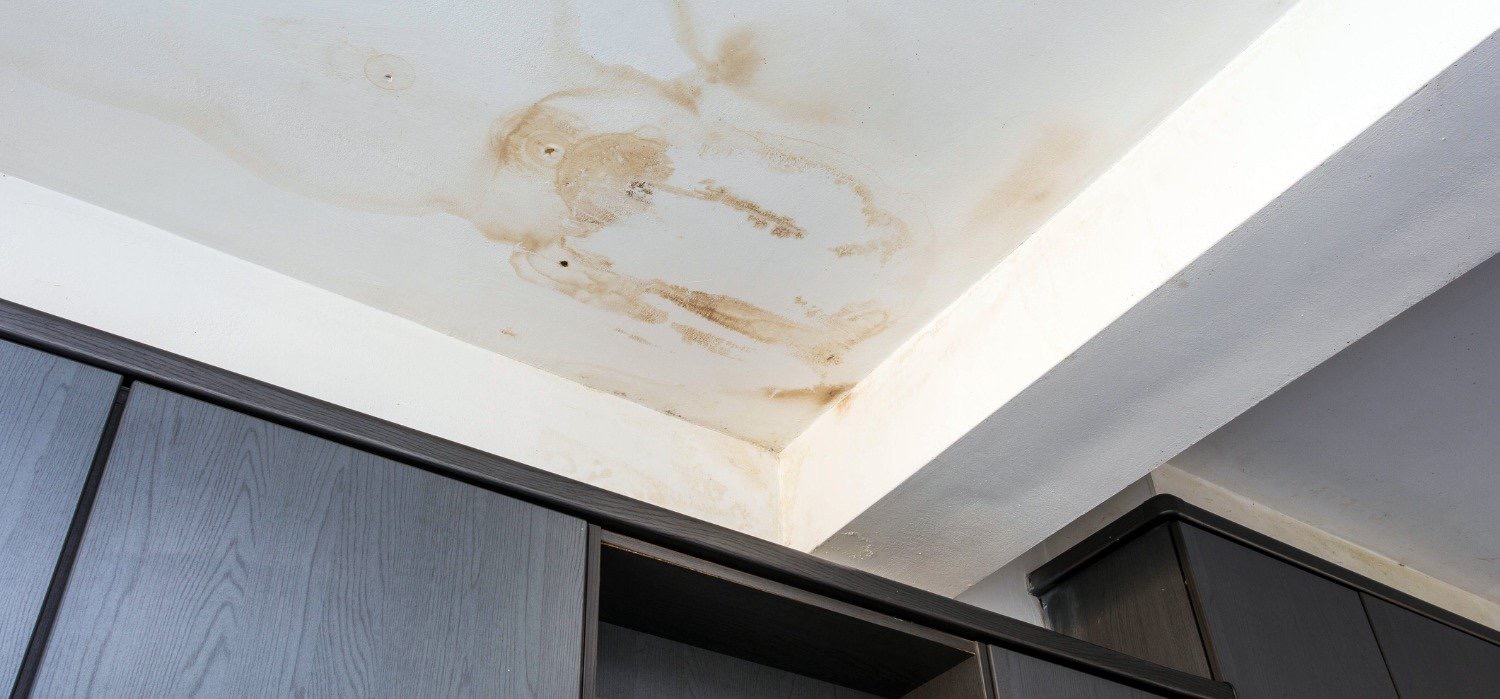

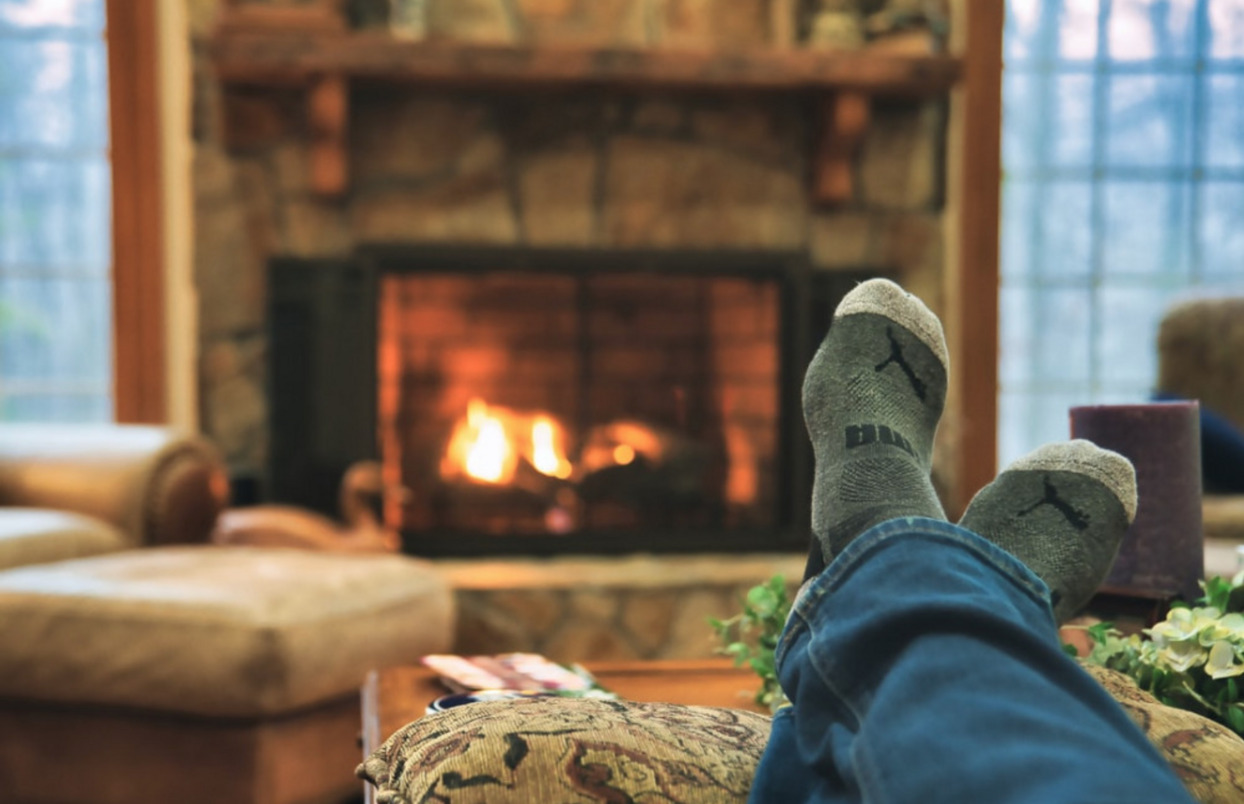


0 thoughts on “Why Does My Chimney Have Two Flues”